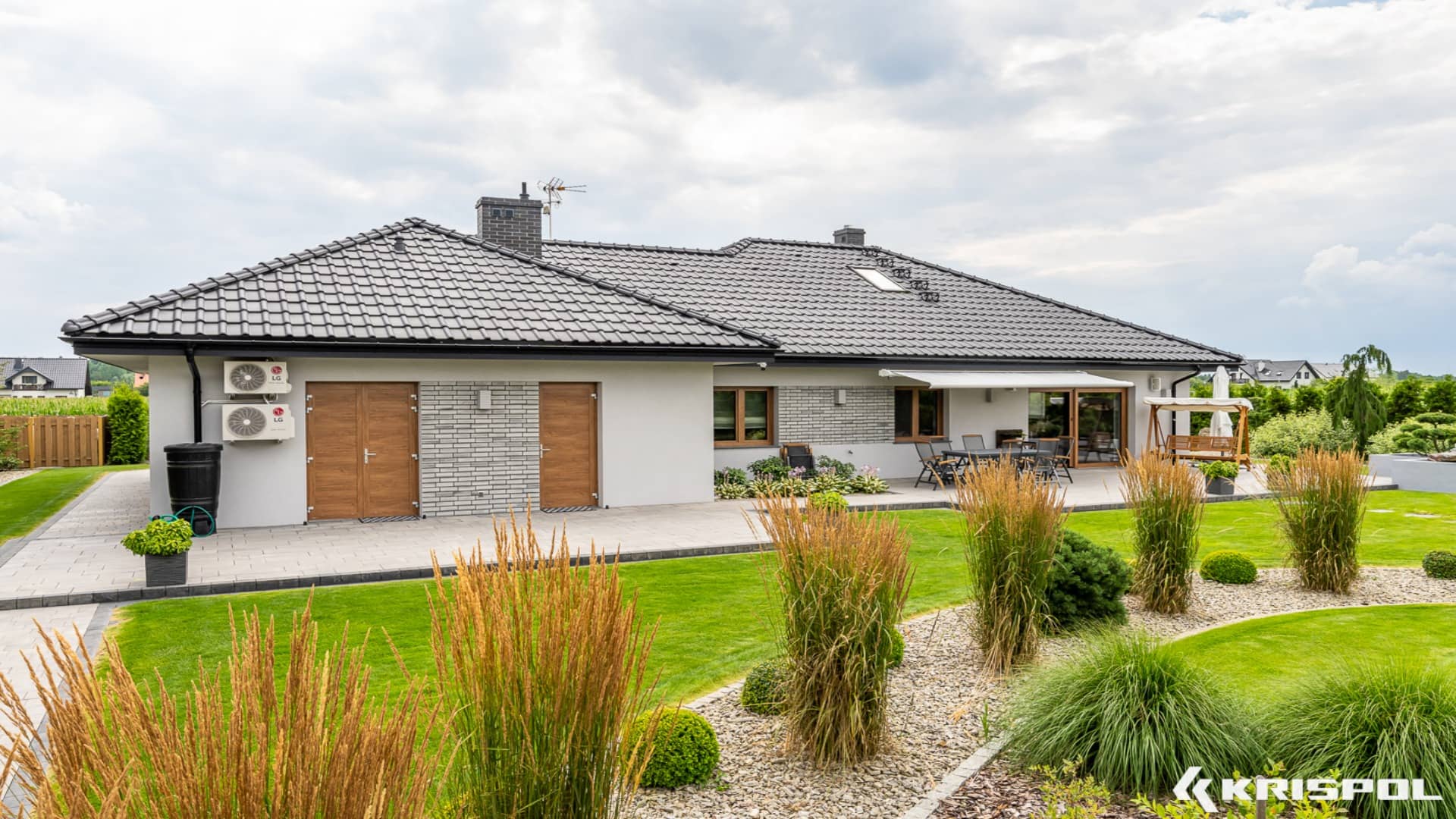
When designing an energy-efficient home, window and door frames, covers and gates play a key role, especially when the garage is an integral part of the building. The development of technology has meant that more and more energy-efficient products are appearing on the market, so sooner or later every builder is faced with a choice dilemma.
How to Prevent Heat Loss in Your Home – Technical Strategies for Enhanced Thermal Performance
Effective prevention of heat loss is a key component of energy-efficient building design and retrofitting. Minimizing unwanted heat transfer reduces energy consumption, lowers heating costs, and improves occupant comfort. This article provides a technically grounded overview of heat loss mechanisms and actionable strategies to mitigate them in residential buildings.
Understanding Heat Loss Mechanisms
Heat escapes from buildings primarily through three modes of transfer:
- Conduction – Heat movement through solid materials (e.g., walls, windows, doors).
- Convection – Heat carried by air movement through leaks and ventilation.
- Radiation – Heat transfer via infrared radiation, especially through glazing.
To effectively reduce thermal losses, building components must be designed or upgraded to limit all three mechanisms simultaneously.
1. Thermal Insulation of Opaque Elements (Walls, Roofs, Floors)
External envelope insulation is critical in reducing conductive heat transfer.
- Walls: Apply continuous thermal insulation (e.g., mineral wool, PIR, EPS) externally or internally to improve the U-value. Aim for ≤ 0.20 W/m²K in cold climates.
- Roofs/Attics: Use high-resistance materials with thickness adapted to climate zone. Sloped and flat roofs should have insulation continuity with minimized thermal bridging.
- Floors: Insulate ground-contact floors with rigid panels (e.g., XPS) and prevent edge thermal bridging where the slab meets exterior walls.
Note: Use thermal imaging to detect weak points and quantify heat loss.
2. High-Performance Glazing and Window Systems
Glazing is often the weakest thermal link in the building envelope. Upgrade to:
- Triple-glazed units with low-emissivity (Low-E) coatings and gas infills (argon or krypton).
- Optimized spacer bars (warm edge spacers) to reduce edge losses.
- Asymmetric glass thickness for improved acoustic and thermal insulation.
- Properly sealed window frames with low U-values (≤ 1.0 W/m²K recommended).
Frame installation: Ensure perimeter sealing with vapor barriers and expansion tapes to avoid air infiltration and thermal bridging.
3. Airtightness and Thermal Bridging Control
Air infiltration can account for over 30% of heating losses in poorly sealed buildings.
- Test for airtightness using blower door tests (pressure difference of 50 Pa).
- Seal leakage points with gaskets, airtight tapes, or membranes around joints, utility penetrations, and structural connections.
- Minimize thermal bridges with thermal breaks, continuous insulation layers, and design strategies such as overlapping window installation into insulation zones.
4. Ventilation with Heat Recovery
While airtight construction is essential, adequate ventilation must still be provided to maintain indoor air quality.
- Install mechanical ventilation systems with heat recovery (MVHR): These systems can recover up to 90% of outgoing heat from stale air.
- Balance supply and extract airflow rates to maintain pressure equilibrium and prevent cold drafts.
5. Heating System Optimization
Efficient space heating goes hand in hand with insulation measures:
- Install programmable thermostats and zone controls to match occupancy schedules.
- Ensure hydraulic balancing of radiators or underfloor heating systems to distribute heat evenly.
- Use modulating heat sources (e.g., condensing boilers, heat pumps) for efficient part-load operation.
6. Glazing Orientation and Solar Gains
Leverage passive solar energy to offset heat losses:
- Maximize south-facing glazing in cold climates for winter solar gains.
- Use shading devices (e.g., overhangs, blinds) to prevent overheating during summer months.
- Specify glazing with appropriate g-values (solar heat gain coefficient) depending on climate and orientation.
Conclusion
Heat loss prevention requires a holistic, system-based approach that integrates high-performance materials, precise installation, and mechanical system efficiency. By addressing the key areas of heat transfer—opaque envelope, glazing, air tightness, and ventilation—homeowners and designers can significantly improve a building’s energy profile, reduce CO₂ emissions, and enhance thermal comfort year-round.
🔗 Recommended Internal Links
- Correct Installation of Energy-Efficient Windows
Learn about warm installation techniques that enhance window insulation, reducing air infiltration and minimizing heat loss. - 5 Ways to Lower Your Heating Bills
Discover practical tips to reduce heating costs, including optimizing insulation and choosing energy-efficient windows and doors. - Understanding Windows: Uw, Ug, and Rw Values
Understand the significance of thermal transmittance values in windows and how they impact your home’s energy efficiency. - Choice of Glass Units
Explore different insulating glass units (IGUs) and their U-values to select the best option for reducing heat loss. - Energy-Efficient House: Why It Pays Off?
Learn about the benefits of building or renovating homes with energy efficiency in mind, focusing on insulation and design. - How to Measure Windows
Get guidance on accurately measuring windows to ensure proper fit and optimal insulation performance. - How to Prepare Openings for Windows on the Construction Site
Understand the importance of preparing window openings correctly to prevent thermal bridges and heat loss. - Ways to Air Your House Properly
Discover ventilation solutions that provide fresh air while retaining up to 80% of indoor heat, enhancing energy efficiency.
These resources offer additional insights and practical advice to help you effectively prevent heat loss in your home, ensuring comfort and energy savings.
https://www.purdue.edu/engineering/ABE/INPREPared/reducing-heat-loss-in-your-home/
https://www.efficiencyvermont.com/news-blog/news/10-tips-to-stay-warm-and-save-energy-this-winter
